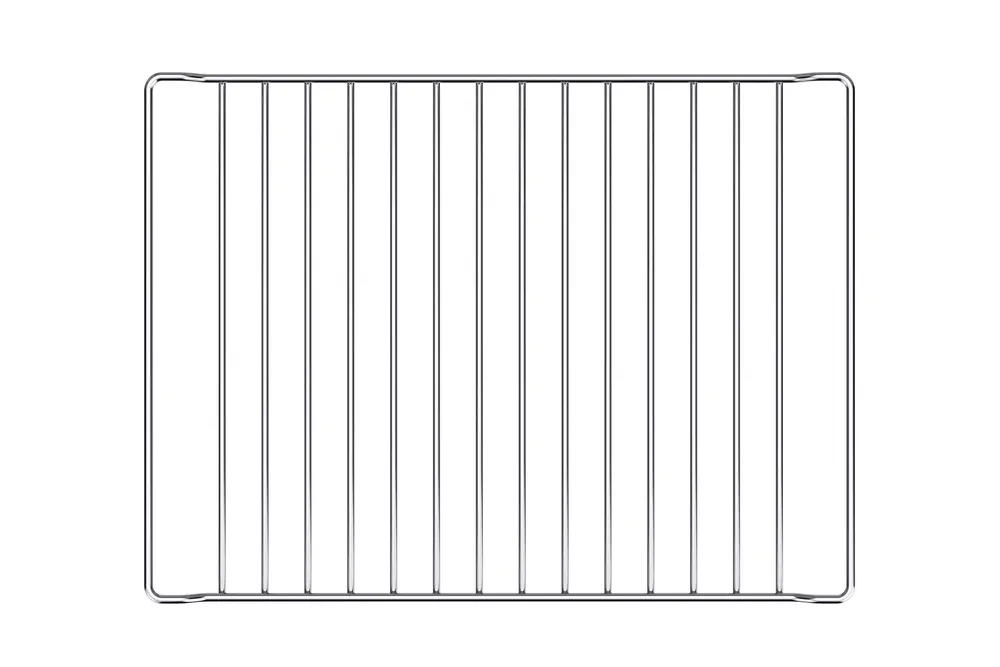Factors to Consider Before Shipping Metal Racks
Shipping metal racks takes more than loading pallets onto a truck. First, confirm what type of racking you’re moving—uprights, cross‑beams, wire decks, or custom fixtures—because each piece has its own weight and footprint. Whenever possible, disassemble the racks; breaking frames down into beams and uprights raises density and lowers your freight class (and cost).
Next, decide whether LTL or full truckload fits your volume: mixed or partial orders ride well on LTL, while an entire warehouse build‑out often warrants FTL. If your uprights are extra‑tall or heavy, you may need specialty equipment like a flatbed or step deck, and you’ll want to line up the right delivery services—lift‑gate, inside delivery, or pallet‑jack unload—to avoid surprise fees. Finally, check transit times and route coverage for each carrier; FreightCenter’s nationwide network makes matching lanes and schedules simple.
Tips for Packaging Metal Racks
Proper packing protects your racks, prevents delays, and reduces costs. Follow these best practices:
-
Band and palletize disassembled uprights and beams to sturdy pallets. Keep all parts within the pallet footprint.
-
Secure loose hardware (bolts, clips) in sealed, labeled bags or small boxes—and fasten them to the pallet.
-
Use edge protectors on pallet corners to guard against impact during loading and unloading.
-
Wrap with stretch film or shrink wrap to prevent shifting—cover the entire pallet from top to bottom.
-
Add dunnage or foam inserts between layers to cushion metal-to-metal contact.
-
Reinforce pallets and straps with heavy‑duty banding material rated for your load weight.
-
Label each pallet with “This Side Up,” weight, and contents to guide handlers and prevent mishandling.
-
Confirm forklift access at pickup and delivery points to avoid unloading delays or damage.
By addressing these factors and packaging tips, your metal racks will arrive ready for fast reassembly and trouble-free use.



